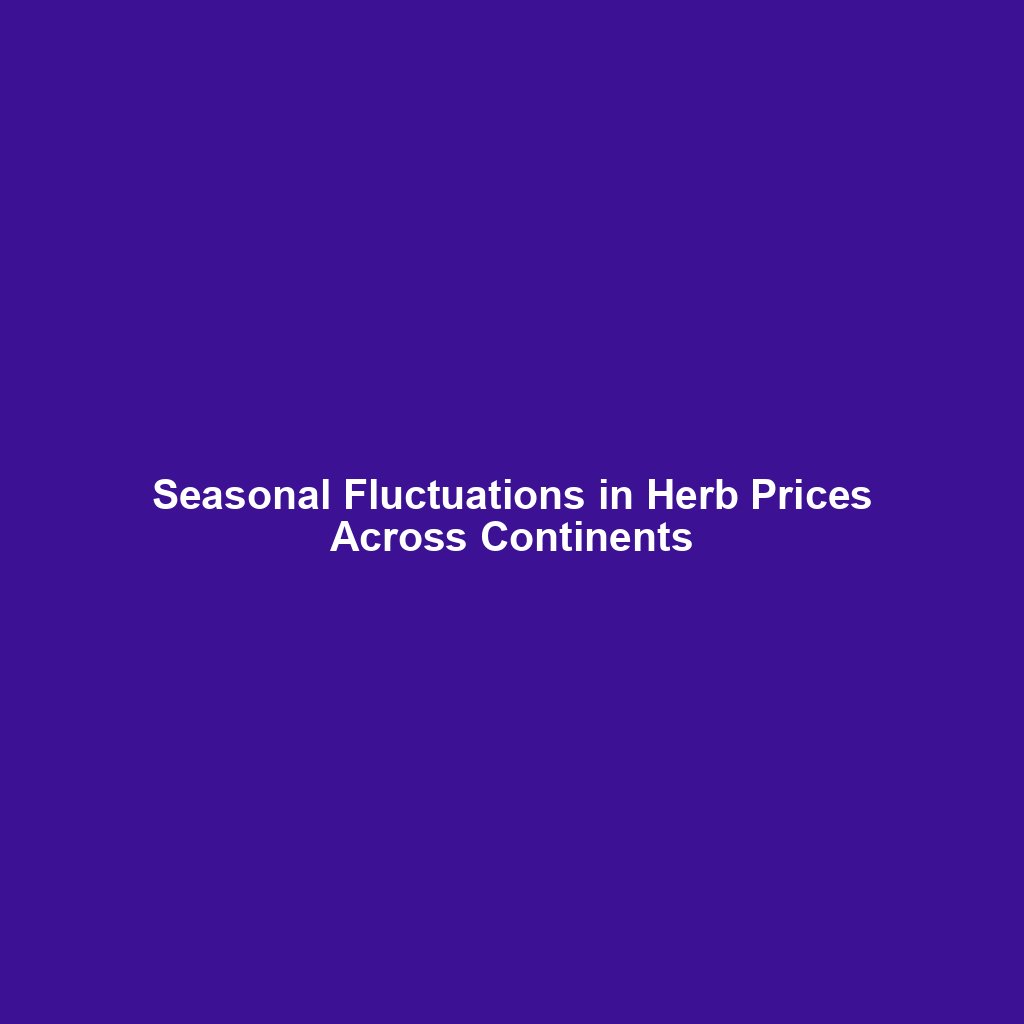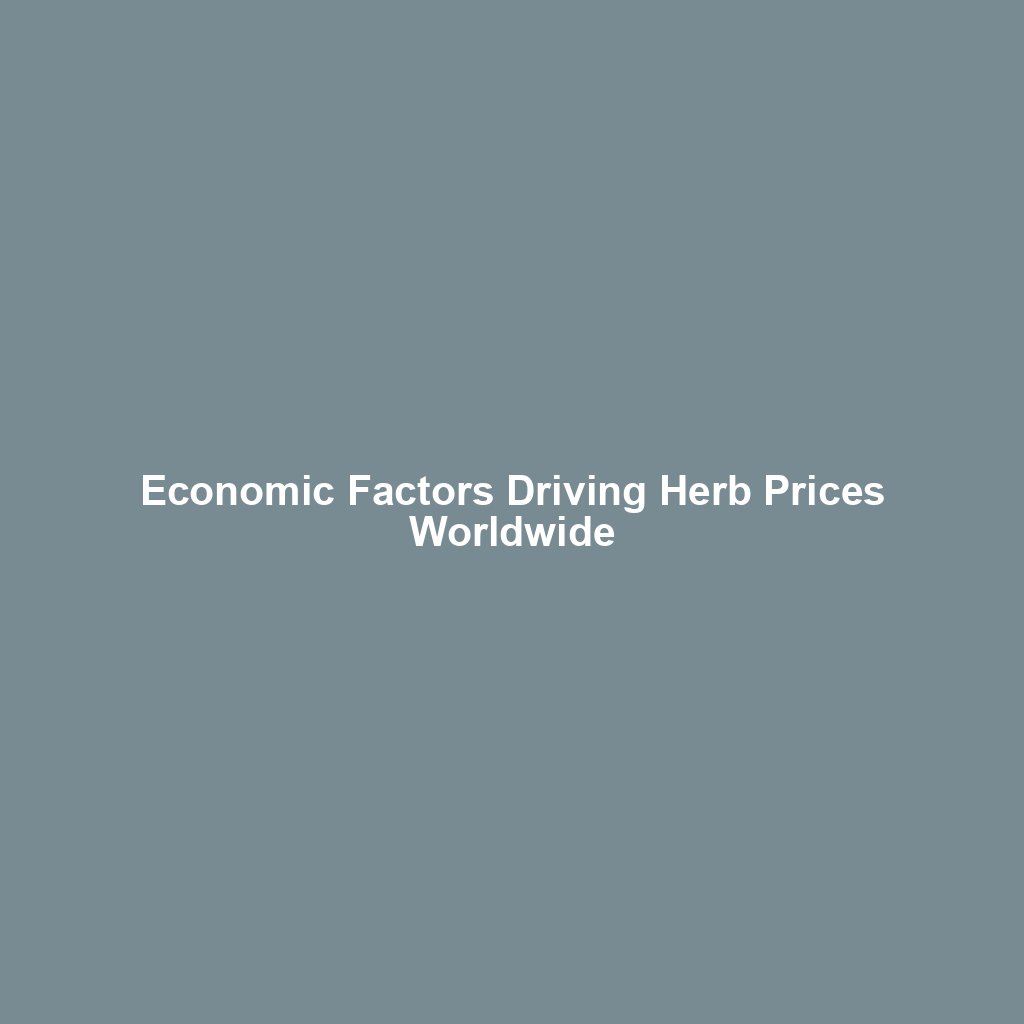
Agriculture and agricultural price analysis are critical components of the global economy, influencing food security, trade, and the livelihoods of millions of people worldwide. Understanding the dynamics of agricultural markets and the factors that drive price changes is essential for policymakers, farmers, traders, and consumers alike. This article delves into the intricacies of agriculture and agricultural price analysis, exploring the various elements that impact agricultural prices and the methodologies used to analyze these changes.
The Importance of Agriculture in the Global Economy
Agriculture is the backbone of many economies, particularly in developing countries where it often accounts for a significant portion of GDP and employment. It provides the raw materials for food production, textiles, and other essential goods. The agricultural sector is also a major player in international trade, with countries exporting and importing various agricultural products to meet domestic demand and capitalize on comparative advantages.
In addition to its economic significance, agriculture plays a vital role in ensuring food security. It is the primary source of food for the global population, and any disruptions in agricultural production can lead to food shortages and increased prices, affecting the most vulnerable populations. Therefore, understanding agricultural price trends and the factors that influence them is crucial for maintaining stable and affordable food supplies.
Factors Influencing Agricultural Prices
Agricultural prices are influenced by a myriad of factors, ranging from weather conditions and pest outbreaks to government policies and global market trends. Some of the key factors include:
- Weather and Climate: Weather conditions such as droughts, floods, and temperature extremes can significantly impact crop yields and livestock production, leading to fluctuations in supply and prices.
- Pests and Diseases: Outbreaks of pests and diseases can devastate crops and livestock, reducing supply and driving up prices.
- Government Policies: Policies such as subsidies, tariffs, and trade agreements can affect agricultural production and trade, influencing prices.
- Global Market Trends: Changes in global demand and supply, driven by factors such as population growth, dietary shifts, and economic conditions, can impact agricultural prices.
- Technological Advancements: Innovations in agricultural technology can improve productivity and efficiency, affecting supply and prices.
Methodologies for Agricultural Price Analysis
Analyzing agricultural prices involves a combination of statistical techniques, economic models, and market intelligence. The goal is to understand the underlying factors driving price changes and to forecast future trends. Some common methodologies used in agricultural price analysis include:
Time Series Analysis
Time series analysis involves examining historical price data to identify patterns and trends. This method can help analysts understand seasonal variations, cyclical patterns, and long-term trends in agricultural prices. Techniques such as moving averages, exponential smoothing, and autoregressive integrated moving average (ARIMA) models are commonly used in time series analysis.
Supply and Demand Analysis
Supply and demand analysis is a fundamental approach to understanding agricultural prices. By examining the factors that influence supply (such as weather, input costs, and technology) and demand (such as population growth, income levels, and consumer preferences), analysts can assess how these factors interact to determine prices. This analysis often involves the use of econometric models to quantify the relationships between supply, demand, and prices.
Market Structure and Competition Analysis
Understanding the structure of agricultural markets and the level of competition is crucial for price analysis. Factors such as market concentration, barriers to entry, and the presence of intermediaries can influence price formation. Analyzing market structure involves examining the number and size of market participants, the degree of product differentiation, and the level of market integration.
Policy Impact Analysis
Government policies can have a significant impact on agricultural prices. Policy impact analysis involves assessing the effects of policies such as subsidies, tariffs, and trade agreements on agricultural markets. This analysis often requires the use of economic models to simulate the effects of policy changes on supply, demand, and prices.
Challenges in Agricultural Price Analysis
Despite the availability of various methodologies, agricultural price analysis faces several challenges. These include data limitations, the complexity of agricultural markets, and the influence of external factors such as geopolitical events and climate change. Addressing these challenges requires a combination of robust data collection, advanced analytical techniques, and a deep understanding of the agricultural sector.
Data Limitations
Accurate and timely data is essential for effective price analysis. However, data limitations can pose significant challenges. In many regions, data on agricultural production, prices, and trade may be incomplete, outdated, or inconsistent. This can hinder the ability to conduct comprehensive analyses and make informed decisions.
Complexity of Agricultural Markets
Agricultural markets are inherently complex, with numerous interrelated factors influencing prices. This complexity can make it difficult to isolate the effects of individual factors and accurately predict price movements. Analysts must consider a wide range of variables and their interactions, which can be challenging given the dynamic nature of agricultural markets.
External Factors
External factors such as geopolitical events, economic crises, and climate change can have significant impacts on agricultural prices. These factors are often unpredictable and can lead to sudden and dramatic price changes. Analysts must be prepared to adapt their models and forecasts in response to these external influences.
Conclusion
Agriculture and agricultural price analysis are vital components of the global economy, influencing food security, trade, and livelihoods. Understanding the factors that drive agricultural prices and the methodologies used to analyze them is essential for making informed decisions and ensuring stable and affordable food supplies. Despite the challenges, advancements in data collection, analytical techniques, and technology offer opportunities to improve the accuracy and reliability of agricultural price analysis. By addressing these challenges and leveraging these opportunities, stakeholders can better navigate the complexities of agricultural markets and contribute to a more sustainable and resilient global food system.



